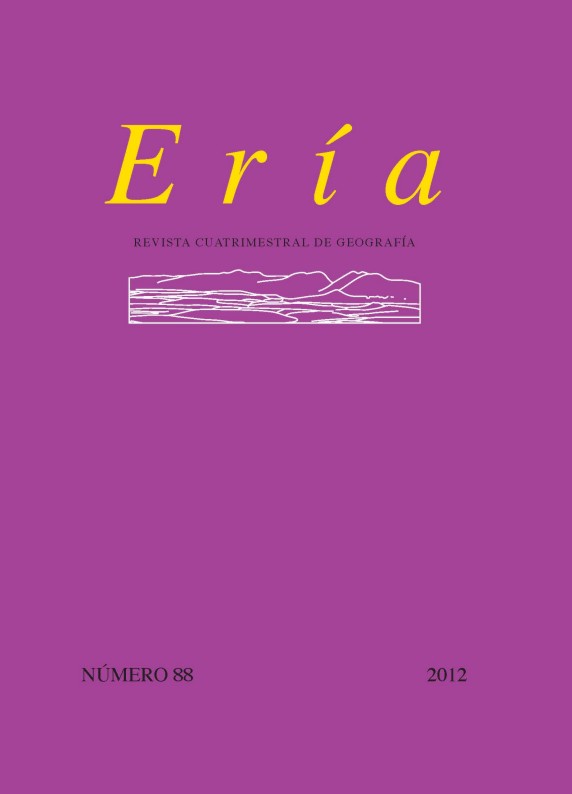Resumen
Resumen
En 1914, cuando Manuel Raventós, propietario de la empresa Codorniu, adquirió la finca de Raïmat, ésta constituía un lugar yermo y despoblado. A fin de convertirla en un fértil viñedo proyectó un ambicioso y elaborado plan de colonización agrícola, uno de cuyos principales elementos era la creación de un poblado. Una tarea que llevó a cabo, a partir de 1916, el arquitecto modernista Joan Rubió i Bellver.
Résumé
Transformation agraire et paysage vitivinicole dans la Catalogne occidentale pendant le premier tiers du xxè siècle: la création moderne du village de Raïmat.- En 1914, lorsque Manuel Raventós, patron de la société Codorniu, acheta la propriété, Raïmat était une terre aride et inhabitée. Afin de la transformer en un vignoble fertile il conçu et développa un plan ambitieux de colonisation agricole, dont l’un des principaux éléments fut la création d’un village. Cette tâche fut accomplie depuis 1916 par l’architecte moderniste Joan Rubió I Bellver.
Abstract
Agricultural change and wine-growing landscapes in western Catalonia during the first third of the 20th century: the creation of the Raïmat village.- In 1914, when Manuel Raventos, the Codorniu owner, bought the Raïmat estate, it was a barren and uninhabited area. In order to convert it into a fertile vineyard, he designed and developed an ambitious plan
for an agricultural settlement which included the creation of a village. This was a task that, from 1916 onwards, was performed by the art nouveau architect Joan Rubió i Bellver.
Palabras clave/Mots clé/Keywords
Paisaje rural, viticultura, colonización agraria, Cataluña.
Paysage rural, viticulture, colonisation agraire, Catalogne
Rural landscape, wine-growing, agrarian colonization, Catalonia.

